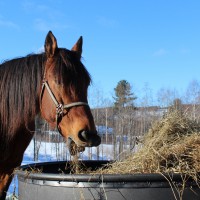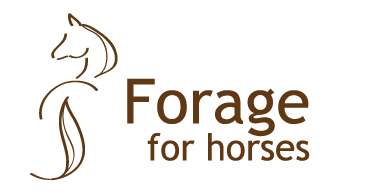Microbiological hygiene analysis of forage

A microbiological hygiene analysis is often considered after a visual and oral examination has established that the forage is bad. The ambition of the microbiological hygiene analysis is often to try to determine if the forage can be fed or not. Often the best thing to do is to first call the laboratory and describe the problem and how the damaged forage looks/smells, and then one can get instructions on how/where to take samples and how they should be sent. Usually laboratories analysing nutrient content in forage also perform hygiene analyses. Commonly a microbiological sample should be kept cold, not frozen, and sent to the laboratory as soon as possible. After the analyses are performed an overall evaluation of the forage’s hygienic quality is done and the result from the laboratory can be “without objection” or a longer comment about differing values.
When a microbiological analysis of forage is performed different microorganisms (bacteria, yeast, mould) that may exist in forage are cultured. In addition a qualitative evaluation can be made where different mould species are identified and if plenty of a toxin producing mould is found an analysis of mycotoxins can be performed. For wet forages the pH value is also determined. For dry forages, like hay, the water activity (aw) is determined and it reflects the water that is available for the microorganisms and is also a measurement of the forage’s storage stability. Water activity and DM concentration is not the same thing. The water activity is set as a number between 0 and 1 and for dry forage to be considered stable for storage the water activity cannot exceed 0.7.
Make a routine of examining and smelling the forage every day, go out and check the bale in the paddock/heck and when preparing forage in the stable. Shake the hay to check for dust (dust is almost always mould spores). Here you can read about bacteria, fungus and mould and here is more information on the hygienic quality of forage.
Sara Muhonen, AgrD
References:
Jansson A, Lindberg JE, Rundgren M, Müller C, Connysson M, Kjellberg L & Lundberg M. 2011. Utfodringsrekommendationer för häst. Inst. för Husdjurens Utfodring och Vård, SLU. (in Swedish)
Landin J, Emanuelson M, Pauly T & Spörndly R. 2004. Hygienisk kvalitet i ensilage – kort faktasamling och en åtgärdsguide. Svenska Husdjur, Svensk Mjölk, SLU. (in Swedish)
